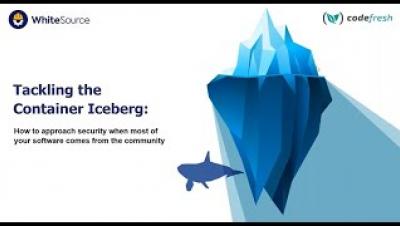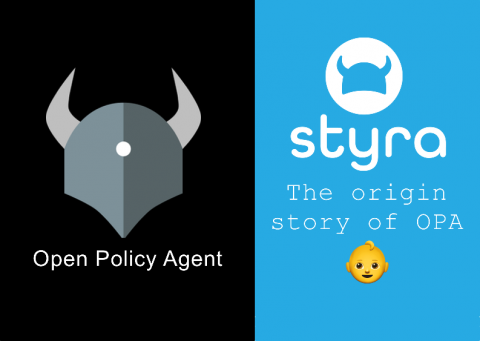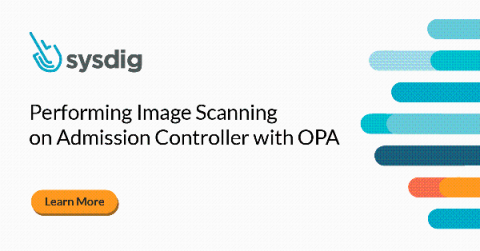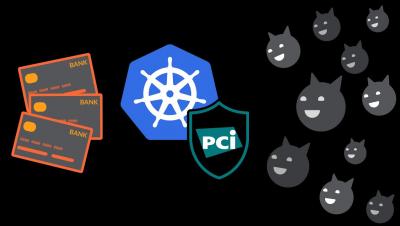Secure DevOps at the Edge with Sysdig and IBM
Innovative companies are looking to take advantage of cloud-native technologies beyond the data center to deliver faster innovation and competitive advantage at the edge. Recognizing the need for a common approach to create, deploy, run, secure, monitor, maintain and scale business logic and analytics applications wherever your business takes you, IBM today announced its edge computing offerings, including the IBM Edge Application Manager.











